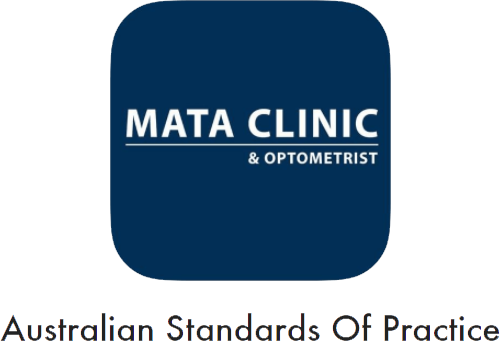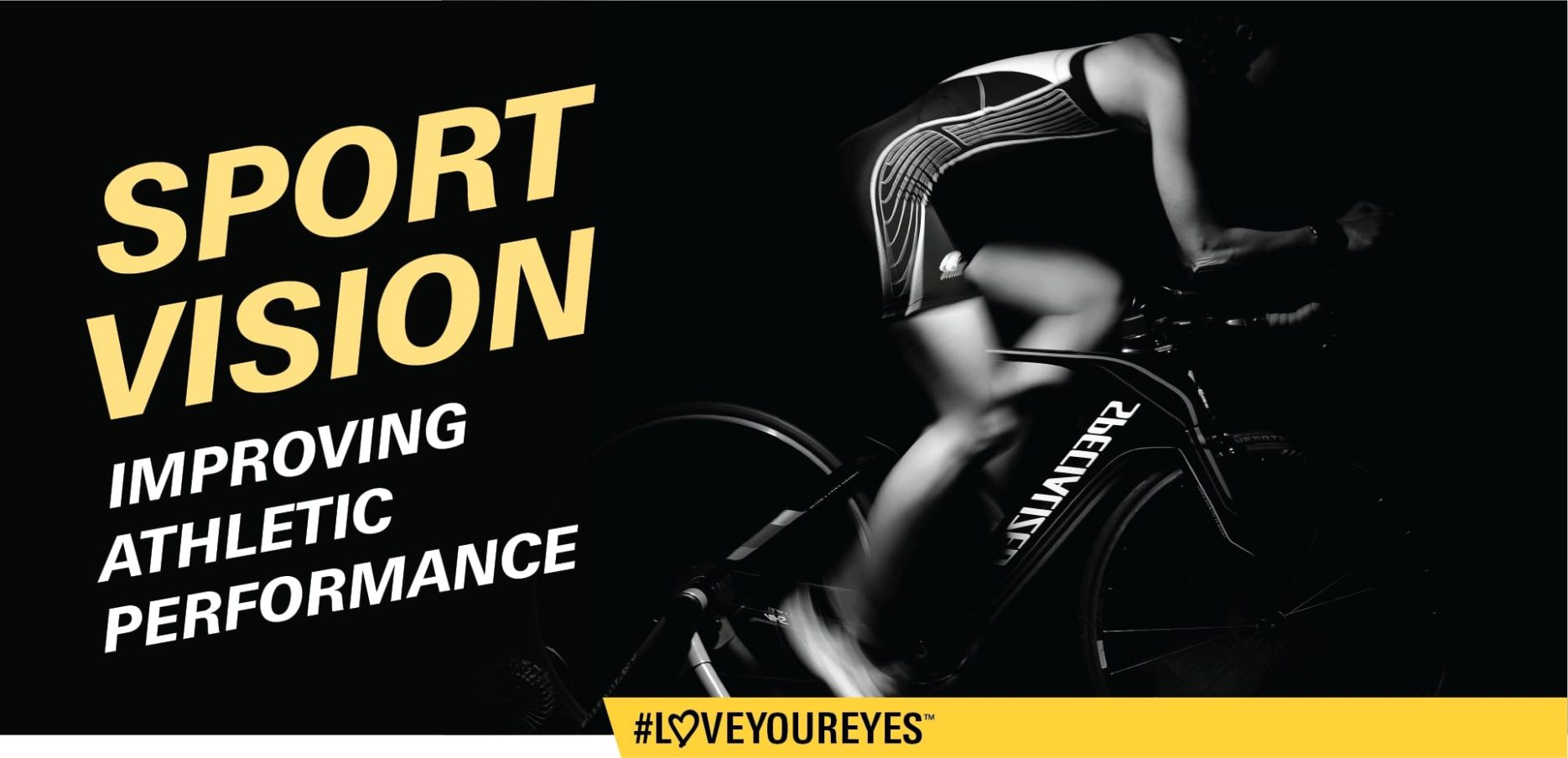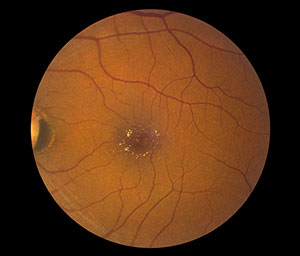To be competitive on the playing field you need peak performance from your entire body – and your eyes are no exception. Sports vision is “fullscope,” and primary eye care can help you optimize these three key visual skills:
-
Contrast Sensitivity lets you see fine details from a distance – like the subtle contours of a golf course
-
Dynamic Visual Acuity keeps your vision as clear when you’re running as when you’re standing, so you can see every obstacle
-
Focus Flexibility keeps a ball in sharp focus as it moves toward or away from you
Visual Skills
Every sport has unique demands: depth perception, peripheral vision, eye-hand coordination. And every sport poses unique challenges: glare, wind, haze, and close encounters with moving objects. To win, you need to conquer them all. Find your sport and discover which visual skills are especially critical.
-
Baseball A baseball’s size and colour – and the varying light conditions during play – present special issues. Players need clear, stable vision; peripheral awareness; image size accuracy; and perceptual accuracy.
-
Basketball Bright courtside lighting, constant motion, and the need to accurately measure distances demand visual stability under dynamic conditions, peripheral awareness, depth perception, and focus flexibility.
-
Boating From measuring true water depth to reading detailed radar screens, boating demands clear stable vision. Glare protection against the sun is also crucial.
-
Cycling Cyclers maintain an unusual head/eye position, yet need to read detailed information from instruments and maps at a glance. This requires dynamic acuity and contrast sensitivity. Eye protection against wind and debris is also important.
-
Figure Skating Strong eye-hand, body-foot coordination, and clear stable vision are imperative to maintain stability.
-
Fishing This sport requires good near vision for tying a line and dynamic acuity to see well while looking downward in a moving boat.
-
Football For rapid reaction time under dynamic conditions players need good peripheral awareness, dynamic acuity, and eye-foot coordination.
-
Golf The constant judgment of distance, roll of green, and alignments requires overall visual acuity; the game also demands superb eye-hand coordination.
-
Hiking At high altitudes hikers get less oxygen and more ultraviolet light. Always use maximum ultraviolet protection.
-
Hockey Players need a constant awareness of their spatial relationship to opponents and the puck – under dynamic conditions. This requires dynamic acuity, focus flexibility, and depth perception. Eye protection is highly recommended for this aggressive sport.
-
Running Runners have distant focal points and need good dynamic visual acuity. They often must deal with wind and debris.
-
Skiing Snow, wind, cold, and bright light combine with low oxygen and intense ultraviolet exposure under dynamic conditions to create a host of demands. Use maximum ultraviolet protection.
-
Speed Skating Sharp ice chips can cause serious injury without the proper eye protection.
-
Swimming For efficient turning, swimmers need clear stable vision. Always use swim goggles to minimize eye irritation.
-
Tennis Special challenges include prolonged visual concentration and the need to detect the ball’s movement instantly. That takes sharp visual acuity, dynamic acuity, and focus flexibility. Be sure to use eye protection.
Get the Edge
Contact lenses are ideal for athletes. They offer a more natural vision correction option than glasses. Contact lenses can increase peripheral vision. You can wear protective eyewear over them – such as goggles or sunglasses. And you can quit worrying about broken frames or lenses. Plus, contact lenses don’t fog up, slide down, or fall off. That adds up to better vision when it counts most.
Enhancing Vision Skills for Peak Performance
The legendary football coach Blanton Collier is credited for developing the concept that “the eyes lead the body.” That is why vision care for athletes of all ages and skill levels should begin with the identification of visual factors that potentially contribute to peak performance.
Sports Vision, the science of helping athletes reach peak levels of performance through the enhancement of visual skills, is becoming more and more important in training individuals of many sports, Sports vision tests and training can help athletes determine how well their eyes perform, beyond a basic ability to see letters and objects clearly on a standard eye chart.
By discovering if any weaknesses lie in these areas, trainers may have an opportunity to help an athlete enhance not only these visual skills but also the resulting performance in their sport. Athletes that use their visual system to its maximum potential will gain optimal performance and a competitive edge. Optometrists with expertise in sports vision assessment and training, along with other professionals such as athletic trainers, and coaches can work together to train athletes and improve visual function, leading to improved performance.





Recent Comments